The Next Generation of Urban Mobility: XPENG X2 Flying Car
Written on
Chapter 1: Introduction to the XPENG X2
We have all imagined flying cars while watching futuristic films and fantasized about a day when we can navigate through cities without facing traffic jams. That dream may be closer to reality than anticipated. XPENG AEROHT, the leading flying car manufacturer in Asia, has successfully completed the inaugural flight of its electric flying vehicle, the XPENG X2.
The XPENG X2 is designed to accommodate two passengers and operates without emitting carbon dioxide during flight. With eight electric motors, it can reach speeds up to 180 km/h (111 mph). It has a maximum carrying capacity of 200 kg (441 lbs), which means two large passengers can enjoy a thrilling ride—though they may have to leave their luggage behind. This is likely an area they will address if the vehicle makes its way to the U.S. market.
Upon stepping into the X2, passengers are not in control; the flight is entirely autonomous, though there is an option for manual operation.
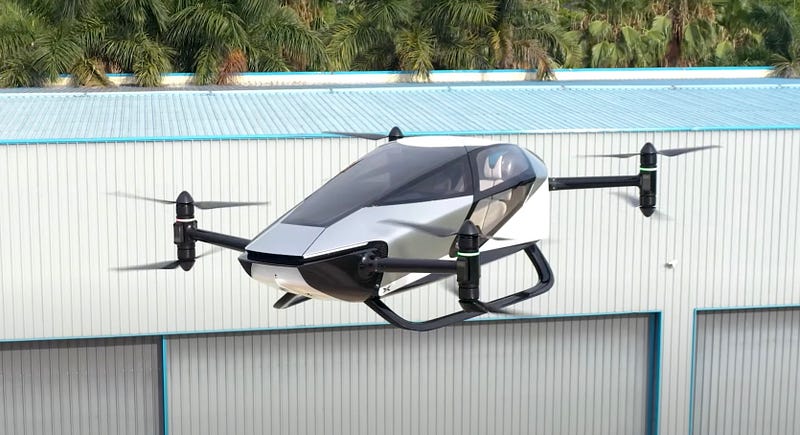
Chapter 2: The Evolution of the XPENG X2
The XPENG X2 represents a significant advancement in urban eco-friendly transportation. It is designed for low-altitude flights in crowded metropolitan areas. This model is the fifth iteration of the XPENG flying car series, with previous designs looking vastly different:
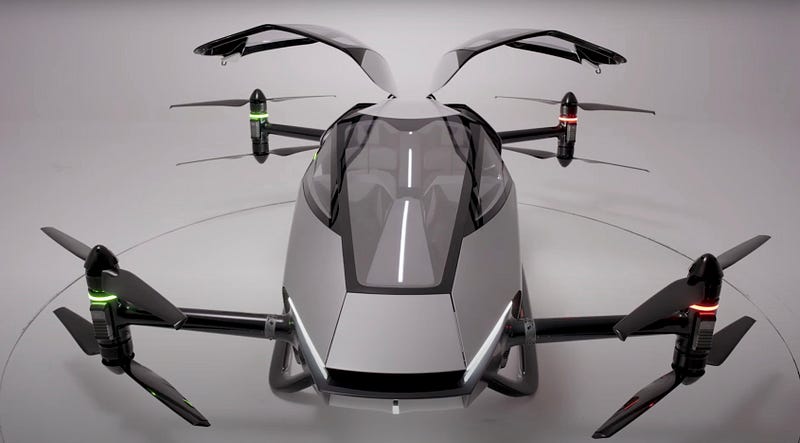
From the earlier models like the XPENG T1:
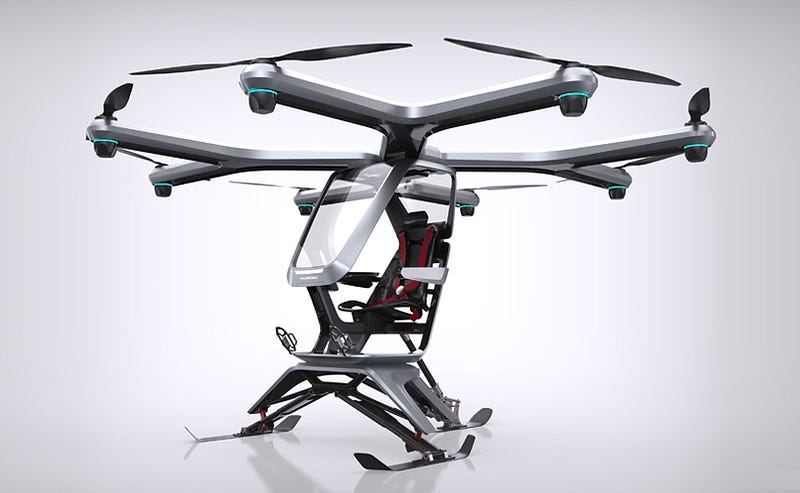
To the more recent XPENG X1:
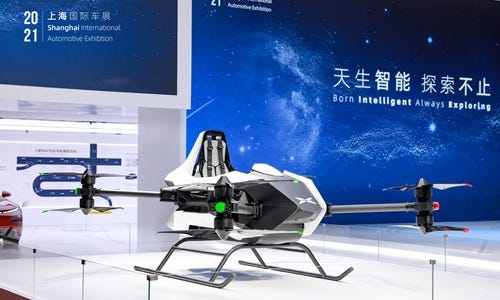
The current XPENG X2 design resembles a car more closely, featuring a cockpit, yet it still isn’t fully ready for road use:
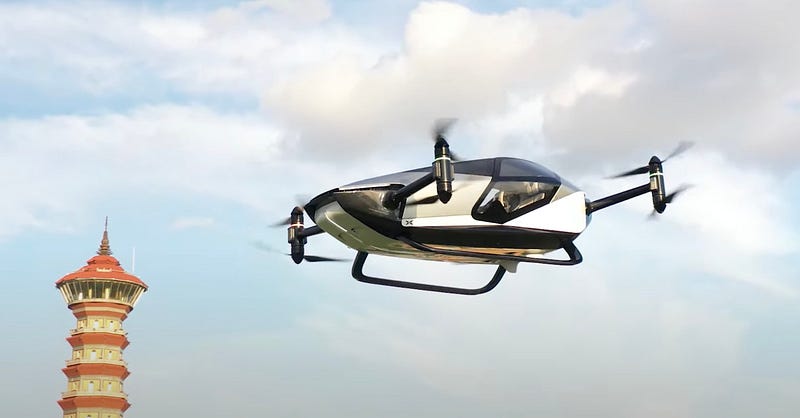
While the XPENG X2 is not a complete flying car just yet, it is a promising step forward. Notably, the vehicle can take off and land vertically, similar to a helicopter. This feature eliminates the need for a runway or airstrip, enhancing its convenience for urban residents. The X2 can operate for approximately 35 minutes on a single charge and can recharge in just two hours using a standard household outlet.
The initial flight took place at Skydive Dubai, a renowned skydiving location that also boasts the Burj Khalifa, the tallest building in the world. This site was an ideal choice for the first test flight, given Dubai's reputation for embracing cutting-edge innovations. The successful test flight marks a pivotal achievement in the journey toward flying cars.
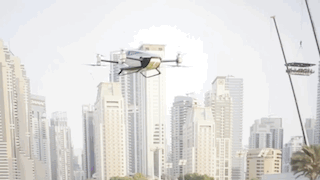
It is crucial to highlight that this was not a crewed flight. The vehicle performed a vertical takeoff and hovered at a low altitude before landing again. What’s even more exciting is the sneak peek XPENG has offered of the next generation of flying cars, which finally resemble a traditional car:
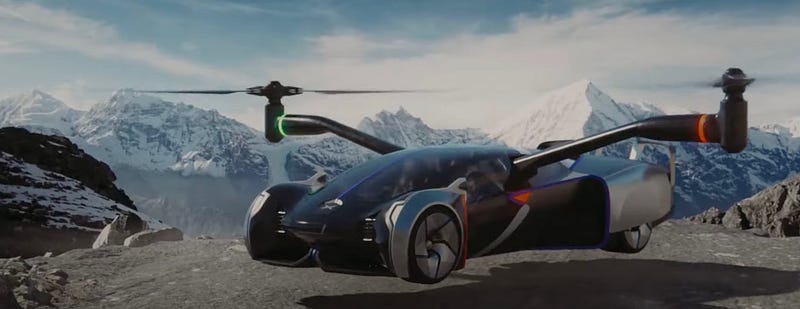
Conclusion: The Future is Bright
The XPENG X2 exemplifies the groundbreaking advancements in the flying car domain. With capabilities such as vertical take-off and landing, zero emissions, and quick charging times, it is set to transform urban transportation. Currently, the pricing for this innovative vehicle is yet to be finalized, but it is expected to be around $155,000. We likely won’t see these vehicles available until after 2024. Importantly, the question remains: where will they be permitted to fly? Regardless, the anticipation for the next developments in this thrilling industry is palpable!
Explore the top five reasons why the XPENG X2 flying car is an exciting advancement in urban mobility. Learn about its innovative features and potential impact on transportation.
Discover how XPENG AeroHT's X2 flying car is nearing mass production, marking a significant milestone in the evolution of personal air travel.